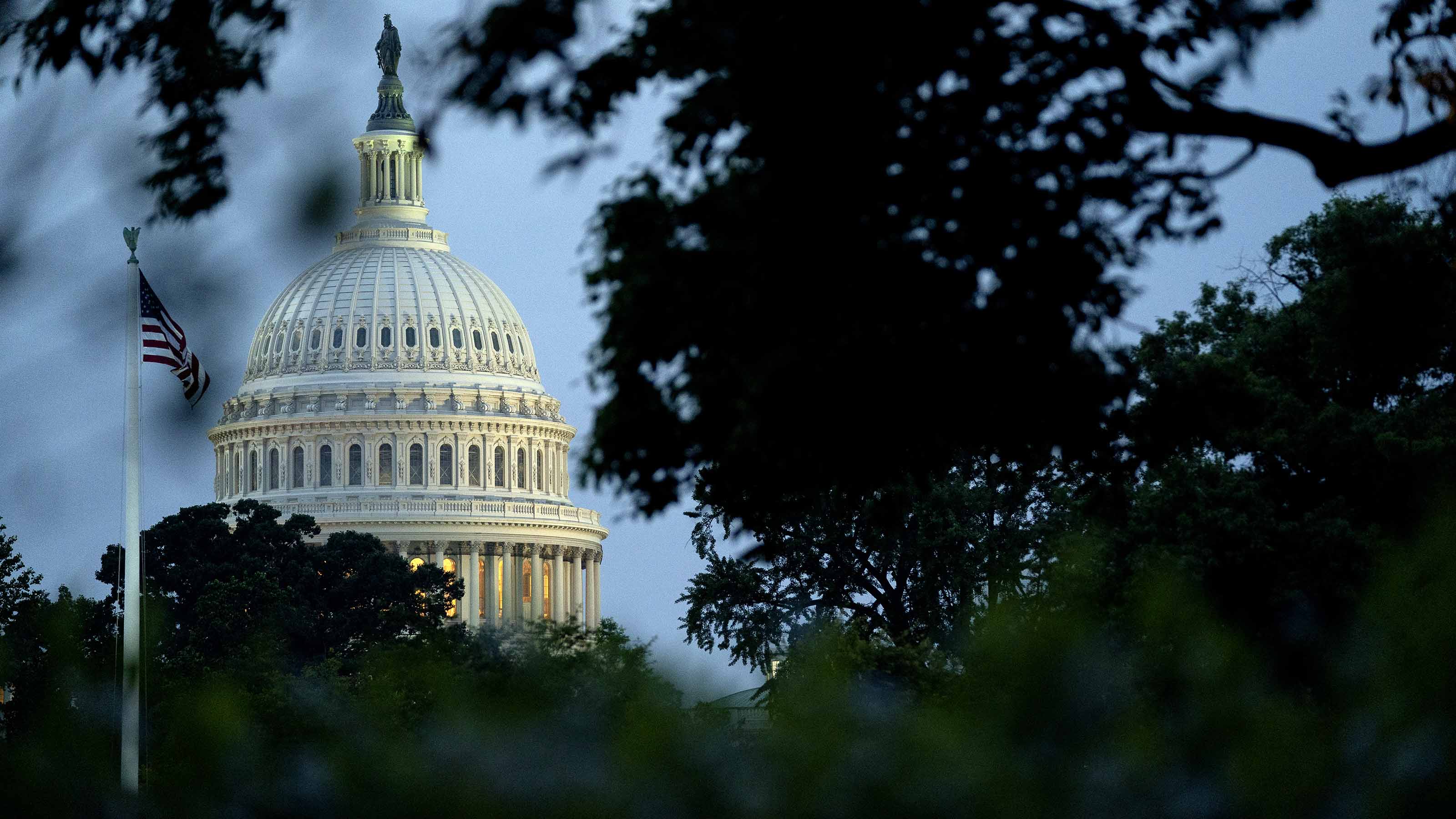Franchises Getting Upper Hand Over Independents
It's a trend that economic hard times are accelerating, as franchisees snap up hard-to-get financing.
Franchises are making gains on independents, especially restaurants. By 2013, franchise eateries -- fast food outlets, family sit-down places, etc. -- will outnumber all others.
From 2000 to 2008, the number of franchise restaurants grew by 20%, while the number of nonfranchise restaurants fell by nearly 4%, according to data compiled by NPD Group, a retail market research firm. Deflated consumer spending and crimped credit could even accelerate this trend, nudging more independent restaurants over a cliff.
“Franchises have been far from insulated from the recession, but overall they have performed better,”says Jonathan Maze, an editor at Franchise Times, a trade publication.
From just $107.88 $24.99 for Kiplinger Personal Finance
Become a smarter, better informed investor. Subscribe from just $107.88 $24.99, plus get up to 4 Special Issues

Sign up for Kiplinger’s Free Newsletters
Profit and prosper with the best of expert advice on investing, taxes, retirement, personal finance and more - straight to your e-mail.
Profit and prosper with the best of expert advice - straight to your e-mail.
On the whole, franchises will outgrow their nonfranchise rivals this year. They’re typically better positioned than mom-and-pop shops to survive downturns, benefiting from a strong brand presence, corporatewide marketing campaigns and access to advice and mentoring from the franchisor. Plus they can often offer customers -- and get from suppliers -- steeper price discounts.
In fact, 60 new franchise brands were added in the last quarter of 2009, while many other small businesses suffered. “Given the big drop in the economy in ’09, these numbers are pretty good,” says Darrell Johnson, president and chief executive officer of FRANdata, an independent research firm that also administers the Small Business Administration’s Franchise Registry.
Moreover, lenders may be less tightfisted with franchise owners than with nonfranchise owners. Odds are that this year one in every five dollars of SBA guaranteed loan money will go to a franchise business, Johnson says.
Lenders have “a slight bias toward franchises,” he says. “Generally, bankers tend to perceive franchises as less of a risk. There’s a greater willingness to lend to them,” Johnson says, adding that loans to franchisers also tend to be larger compared with loans made to independents.
The overall economic output of franchise businesses is expected to rise 2.8% this year, versus a decline of nearly 1 percent in 2009. The biggest gains will come from personal services, quick service restaurants and business services, according to a report by PricewaterhouseCoopers for the International Franchise Association (IFA).
The franchise sector has been expanding at a faster pace than the overall business sector in recent years. From 2001 to 2005, economic output of franchised businesses grew by over 41%, from $625 billion to $881 billion, while the economic output of all businesses grew by 26%, from $16 trillion to $20.1 trillion, the IFA report shows.
“Networked businesses tend to recover at a faster pace than other businesses and tend to sustain businesses more effectively than nonfranchised businesses,” says John Reynolds, president of the IFA’s Educational Foundation. “Franchises have support systems -- ways of doing business more efficiently in a way that independents do not have.”
For weekly updates on topics to improve your business decisionmaking, click here.
Profit and prosper with the best of Kiplinger's advice on investing, taxes, retirement, personal finance and much more. Delivered daily. Enter your email in the box and click Sign Me Up.
-
 Dow, S&P 500 Rise to New Closing Highs: Stock Market Today
Dow, S&P 500 Rise to New Closing Highs: Stock Market TodayWill President Donald Trump match his Monroe Doctrine gambit with a new Marshall Plan for Venezuela?
-
 States That Tax Social Security Benefits in 2026
States That Tax Social Security Benefits in 2026Retirement Tax Not all retirees who live in states that tax Social Security benefits have to pay state income taxes. Will your benefits be taxed?
-
 QUIZ: What Type Of Retirement Spender Are You?
QUIZ: What Type Of Retirement Spender Are You?Quiz What is your retirement spending style? Find out with this quick quiz.
-
 Disney’s Risky Acceptance of AI Videos
Disney’s Risky Acceptance of AI VideosThe Kiplinger Letter Disney will let fans run wild with AI-generated videos of its top characters. The move highlights the uneasy partnership between AI companies and Hollywood.
-
 AI Appliances Aren’t Exciting Buyers…Yet
AI Appliances Aren’t Exciting Buyers…YetThe Kiplinger Letter Artificial intelligence is being embedded into all sorts of appliances. Now sellers need to get customers to care about AI-powered laundry.
-
 What to Expect from the Global Economy in 2026
What to Expect from the Global Economy in 2026The Kiplinger Letter Economic growth across the globe will be highly uneven, with some major economies accelerating while others hit the brakes.
-
 The AI Boom Will Lift IT Spending Next Year
The AI Boom Will Lift IT Spending Next YearThe Kiplinger Letter 2026 will be one of strongest years for the IT industry since the PC boom and early days of the Web in the mid-1990s.
-
 Amid Mounting Uncertainty: Five Forecasts About AI
Amid Mounting Uncertainty: Five Forecasts About AIThe Kiplinger Letter With the risk of overspending on AI data centers hotly debated, here are some forecasts about AI that we can make with some confidence.
-
 Worried About an AI Bubble? Here’s What You Need to Know
Worried About an AI Bubble? Here’s What You Need to KnowThe Kiplinger Letter Though AI is a transformative technology, it’s worth paying attention to the rising economic and financial risks. Here’s some guidance to navigate AI’s future.
-
 Will AI Videos Disrupt Social Media?
Will AI Videos Disrupt Social Media?The Kiplinger Letter With the introduction of OpenAI’s new AI social media app, Sora, the internet is about to be flooded with startling AI-generated videos.
-
 What Services Are Open During the Government Shutdown?
What Services Are Open During the Government Shutdown?The Kiplinger Letter As the shutdown drags on, many basic federal services will increasingly be affected.